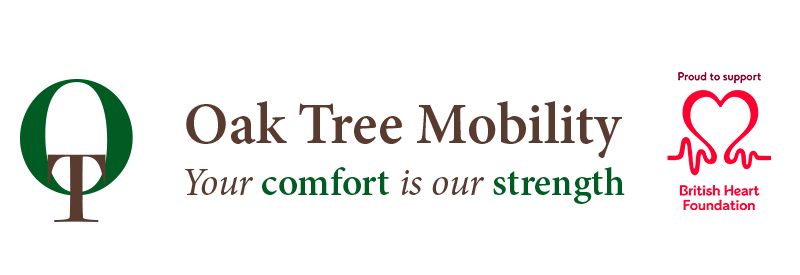A phrase you’ve probably heard from your grandparents, maybe you say it yourself, but can the weather affect your joints? Usually, people with arthritis complain of increased pain and stiffness during periods of low pressure and bad weather. Is it just a wife’s tale or can science back up the phenomenon?
Some people are indeed more sensitive to the weather than others and if you are living with arthritis, you are more likely to suffer from changing pressures. A 2014 study of people with osteoarthritis published in BMC Musculoskeletal Disorders asked participants if and how weather influenced their pain. Of the 712 people who answered the survey, 469 (67%) said they were weather sensitive.
A 2011 article published in the European Journal of Pain found similar results for people with rheumatoid arthritis, a different type of arthritis.
A 2015 study of 810 people with osteoarthritis published in the Journal of Rheumatology found significant links between the humidity, temperature and joint pain. It found that when it was colder, they experienced more pain.
Similarly, the 2015 study published in Rheumatology International, 133 rheumatoid arthritis patients found that their disease symptoms of swollen joints and pain were lower on the days when it was hot and sunny.
Scientists from the University of Manchester found sufferers were 20% more likely to be in pain on days that are humid and windy with low atmospheric pressure than on days with average weather.
The study, funded by the charity Versus Arthritis, examined data from 2,658 people, who provided daily data on pain levels on most days for around six months via their smartphones. As part of the study, participants used a smartphone app to record daily symptoms which were then compared with local weather reports based on the phone’s GPS.
The group had a range of different health issues, predominantly arthritis, but also including fibromyalgia, migraine and neuropathic pain. The research suggested that humid days were the most likely to be painful, whereas dry days were the least likely. Low pressure and higher wind speed were also linked to more painful days, although to a lesser extent than humidity. The researchers found no solid link with changing temperature or rainfall, although cold days that were also damp and windy could cause more painful symptoms.
Scientific studies certainly have a consensus that cold weather aggravates arthritis pain and inflammation of the joints.
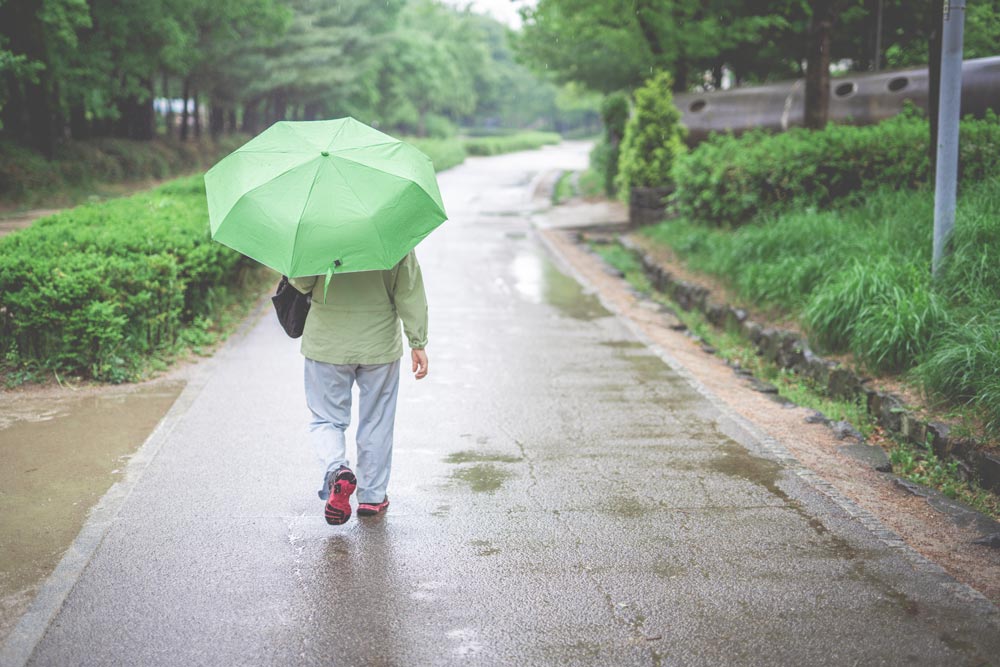
But why?
Scientists don’t know exactly why the weather affects joints. Most articles and studies are inconclusive. This is due to the studies having too many variables and multiple other factors causing the spike and diminish in pain and swelling. However, scientists do have some theories.
For example, the effect of changes in barometric pressure. This is the changes in the weight of the air which seems to affect arthritic pain rather than the levels of barometric pressure. This means that when the cold or warm front is on its way you might feel increased pain in your joints but once the pressure has settled your pain will even out.
Multiple studies agree that it isn’t cold and wet weather that affects joint pain, it’s the change of weather instead. You also have to remember that humidity, precipitation, and temperature are also variables. That makes it tricky for scientists to pinpoint exactly what it is about the weather that leads some people to report more pain when it’s cold, rainy, or humid.
From another perspective, Dr Starz believes at least some of the increased pain comes from decreased activity during the colder seasons. “We know that physical activity relieves arthritis pain. And when the weather is unpleasant, people tend to hole up inside. That inactivity can lead to more pain.”
Other scientists offer physical reasons behind the pain. Changes in barometric pressure can cause expansion and contraction of tendons, muscles, bones and scar tissues, resulting in pain in the tissues that are affected by arthritis. Low temperatures may also increase the thickness of joint fluids, making them stiffer and perhaps more sensitive to pain during movement.
It could be that when the cartilage that cushions the bones inside a joint is worn away, nerves in the exposed bones might pick up on changes in pressure.
However, it’s also important to note what Dr Starz believes, “The mind-body connection is strong. If warm sunny weather makes you feel better psychologically, you’ll probably feel better physically as well.”
Things you can do to help relieve arthritic pain during the changing temperature this winter.
- Keep warm. When the weather starts to drop, try and keep warm with hot showers and layering up. This will help reduces pain and aching.
- Medications like non-steroidal anti-inflammatory drugs or over the counter pain relief. This will help combat pain during the changing months.
- Keep a healthy weight by exercising or lose weight. Doing light exercise or gentle stretching inside will help joint pain sufferers. The worst thing to do it stay sedentary.
- Don’t strain. Equally, make sure that you don’t overdo it, get someone to do the heavy lifting and if it’s icy make sure you’re wearing good, supportive shoes.
- Good nutrition (especially vitamin D and omega-3 supplements), keep hydrated and sleep. Simply staying healthy and retaining a good immune system will help your body combat arthritis pain.
- Massage. Getting a massage helps relax muscles and helps blood flow this can help keep you warm and reduces joint pain.
How can Oak Tree products help arthritic pain during the changing seasons?
If you suffer from long term arthritic pain it might be a good idea to consider getting aids to help relieve or combat the pain.
A rise and recline chair
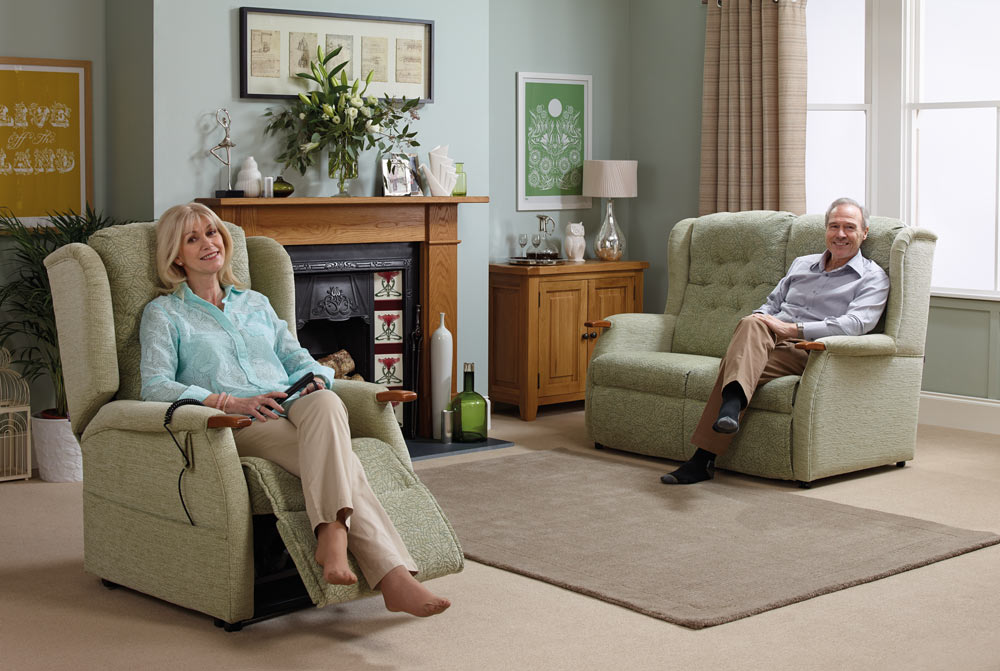
Our rise and recline chairs help support your joints in a reclined position. They lend support to your neck, back, hips, knees and ankles. At the touch of a button, the chair will also help you in and out of a seated position without you having to strain your joints. This is perfect if the weather is causing extra pain.
Make your chair even better by adding heat and massage. It’s commonly known that heat and massage help arthritic pain by stimulating blood flow and keeping joints supple. Discover our range here.
An Adjustable bed
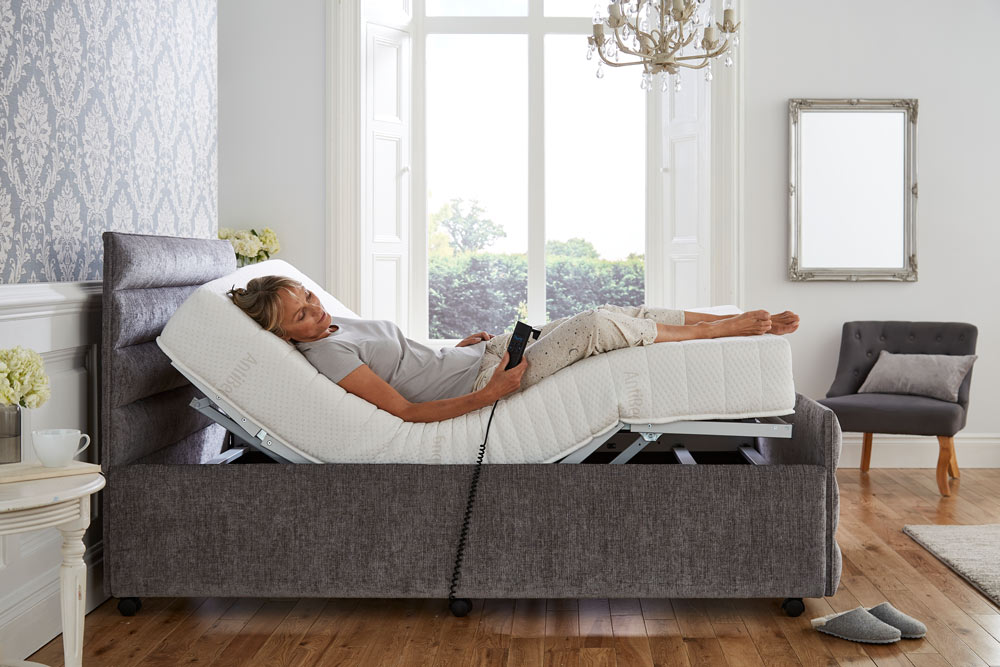
Similarly, our adjustable beds support your muscles and joints in the perfect semi-contoured position while you sleep. During the changing of the seasons, it’s important to keep active but also to support your joints, especially while you’re sleeping. As you are sedentary while you sleep, your joints could easily seize up if they are not supported properly. Simply use the hand-held controller to get into the perfect sleeping position and to help yourself out of bed.
You can also add a 5-point massage on our adjustable beds for extra luxury and keeping your muscles and joints stimulated. Find our adjustable beds here.
A Bath Lift
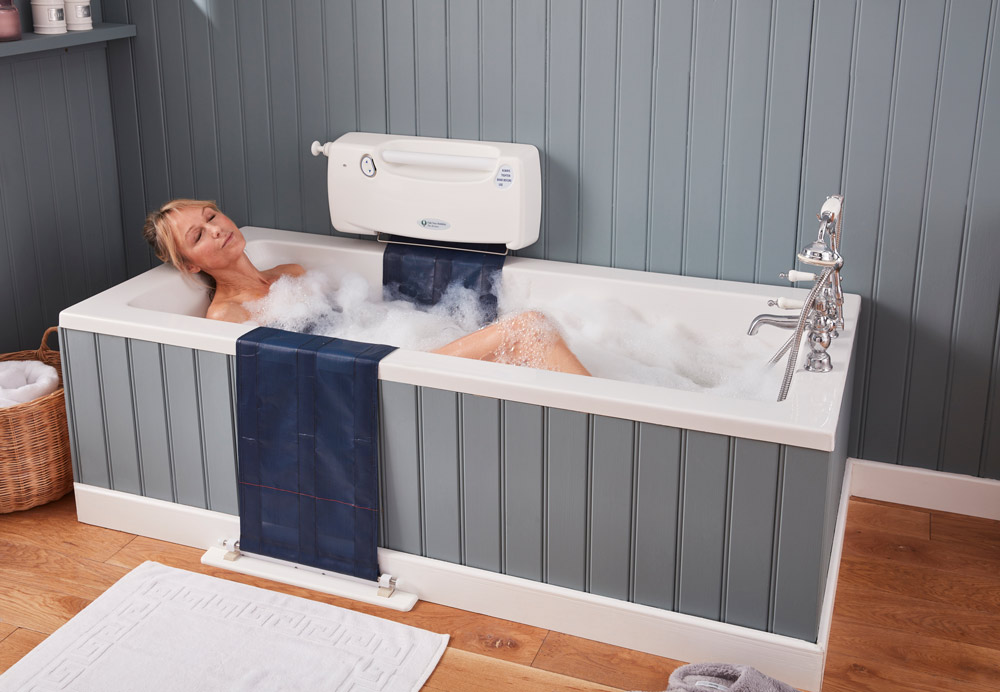
Our Riviera Bath Lift will help you take baths in comfort again. Having arthritis might prevent you from getting into the bath. However, having a warm bath help ease pain in arthritic joints especially when it’s cold. With a Riviera Bath Lift, you can easily get in and out of the bath and have that all-important warm soaking. Explore the riviera bath lift here.
References
Arthritis Foundation: Weather and Arthritis
Gloucestershire Live: Arthritis pain is linked to the weather, new study confirms
Harvard Health Publishing: Does weather affect arthritis pain?
WebMD: Does Weather Affect joint pain?
Healthline: The truth about arthritis and weather
Everyday Health: 13 arthritis pain relief tips for winter weather
